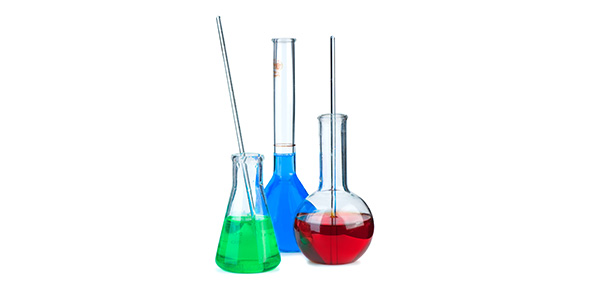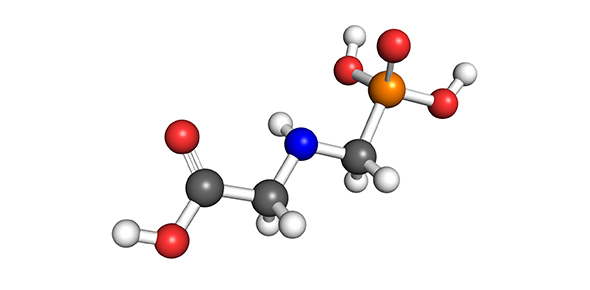Related Flashcards
Cards In This Set
| Front | Back |
|
3’ and 5’ linkages
|
At one
end of the nucleotide strand, the terminal phosphate group is linked to the 5th
carbon of the deoxyribose, which is why this end is called the 5’ terminal.
At the
other end of the nucleotide strand, the hydroxyl group OH is linked to the 3rd
carbon of the deoxyribose, which is why this end is called the 3’ terminal.
|
|
Anti-parallel
DNA:
|
The two
nucleotide strands have their 3’ and 5’ terminals at opposite ends, which is
why the strands of DNA are called anti-parallel.
|
|
Hydrogen
bonding between purines and pyrimidines:
|
Purines:
Adenine and guanine are bases that contain two rings in their molecule.
Pyrimidines:
Cytosine and thymine are bases that contain only one ring in their molecule.
Purines
can only form hydrogen bonds with pyrimidines, which is the reason that
complementary base paring between A and T and G and C is occurring.
|
|
DNA replication:
|
1.
The cell
produces free nucleotides that contain three phosphate groups and are therefore
called deoxyribonucleoside triphosphates. Two of the three phosphate groups are
lost during replication to produce energy.
2.
Helicase
uncoils the DNA double helix into two template strands, forming the replication
fork.
3.
RNA
primase adds a short length of RNA to the template strand, called a primer.
This signals DNA polymerase to begin binding nucleotides in a 5’ à 3’ direction.
4.
DNA
polymerase III adds the free nucleotides next to the primer, forming short
lengths of DNA between the RNA primers. The fragments are called Okazaki
fragments.
5.
DNA
polymerase I removes the RNA primers and replaces them with DNA. The nick left
where two nucleotides are still unconnected is sealed by DNA ligase, making a
sugar-phosphate bond.
|
|
Replication
initiation sites:
|
During eukaryotic DNA replication, several
primers mark several initiation sites, whereas during prokaryotic DNA replication, there is only one initiation site.
|
|
Nucleosomes:
|
Nucleosomes
are globular structures that contain eight histone proteins with DNA wrapped
around them and one histone protein holding together the structure. Nucleosomes
help DNA to supercoil in interphase and to mark particular genes to either
express them during transcription or translation or to silence them by
preventing transcription.
|
|
Repetitive
sequences:
|
Repetitive
base sequences in DNA are called repetitive sequences (or satellite DNA). They
are sequences that range from 5-300 bases and that constitute 5-45% of the
eukaryote DNA. Repetitive sequences cannot be translated.
|
|
Introns
and exons:
|
Introns
are not translated, whereas exons are both transcribed and translated. After
transcription, introns are removed from mRNA to form mature mRNA in a process
called post-transcriptional modification.
|
|
Role of
RNA polymerase in DNA transcription:
|
RNA
polymerase unwinds the DNA double helix in order for one strand to form the
transcription template.
|
|
Sense
and antisense strand during DNA transcription:
|
The
sense strand is the DNA strand that contains the same sequence as the new mRNA
strand only that it contains thymine instead of uracil. The antisense strand is
the template strand that the mRNA uses to copy.
|
|
Explanation
why the genetic code is degenerate:
|
Two or
more codons can code for the same amino acid.
|
|
tRNA
structure:
|
All tRNA
molecules contain
o
(Helical)
double strands formed through base pairing and creating loops
o
An
triplet of bases called the anti-codon (loop of 7 bases)
o
The base
sequence CCA at the 3’ terminal, forming the amino acids binding site
|
|
tRNA activating
enzymes:
|
There are 20 different activating enzymes that
code for each of the 20 amino acids that a tRNA could possibly link to.
|
|
Role of ATP in binding the amino acid to the
tRNA:
|
ATP is used to bind the amino acid to the tRNA.
During translation, this high-energy bond is broken to release energy to link
the amino acids, forming the polypeptide chain.
|
|
Ribosomal structure:
|
o
Proteins
and ribosomal RNA molecules (rRNA) form the structure of the ribosome
o
There
are three binding sites for tRNA and one for mRNA. Two tRNA molecules can bind
to the ribosome at the same time.
|






